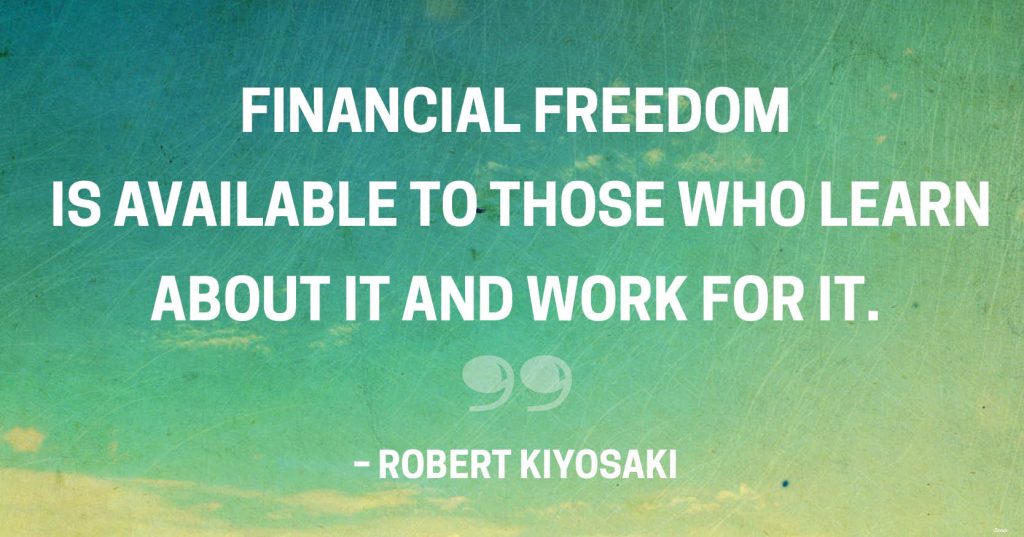Sometimes that hardest thing about saving money is just starting. It can be challenging to find and stick to strategies that help you pursue your financial goals.
Here are 4 tips to help you finally hit that goal.
1. Create a Budget
If you have never created a detailed budget, now may be the time to start, otherwise it’s almost impossible to track your spending and find room to save. Having a budget, even a simple one, will help you feel more in control of your finances. Start with non-negotiable items—rent, car payments, student loans, insurance—then compare them to your income. This will allow you to allocate the money you have left.
2. Make Small Changes
Once you have your budget in place, look at your negotiable spending. Things such as eating out, and commit to reducing spending in each category.
This isn’t to say that you should never treat yourself to things that make you happy. Rather, cut back slowly to reach your goal of $1000. For example, if you pack a lunch that costs about $4 rather than spending $10 on lunch, you’ll save $70 in a month with that one change alone.

3. Work a Side Job
It may seem crazy and very unappealing to work a second job. But if it comes down to having extra money to save, it may be worth it. The good thing is you don’t have to be extreme. There are many ways to generate extra income. You don’t have to work your side job every day, or even every weekend. Two weekends a month or a few nights is enough. It can be as easy as making your own hours with companies like Uber and Lyft, or using a talent you have such as writing or advertising your computer skills to help you reach your $1,000 goal.
4. Make It Automatic
If you’re just not a good saver by nature, be honest with yourself and overcome your habits by setting up an automatic savings plan. Arrange to have a portion of your paycheck directed into a savings account. This will eliminate temptation and the opportunity to spend that money. This should be in addition to the money you’re automatically saving for retirement. Just setting aside $84 a month will net you $1,000 in a year’s time.
















